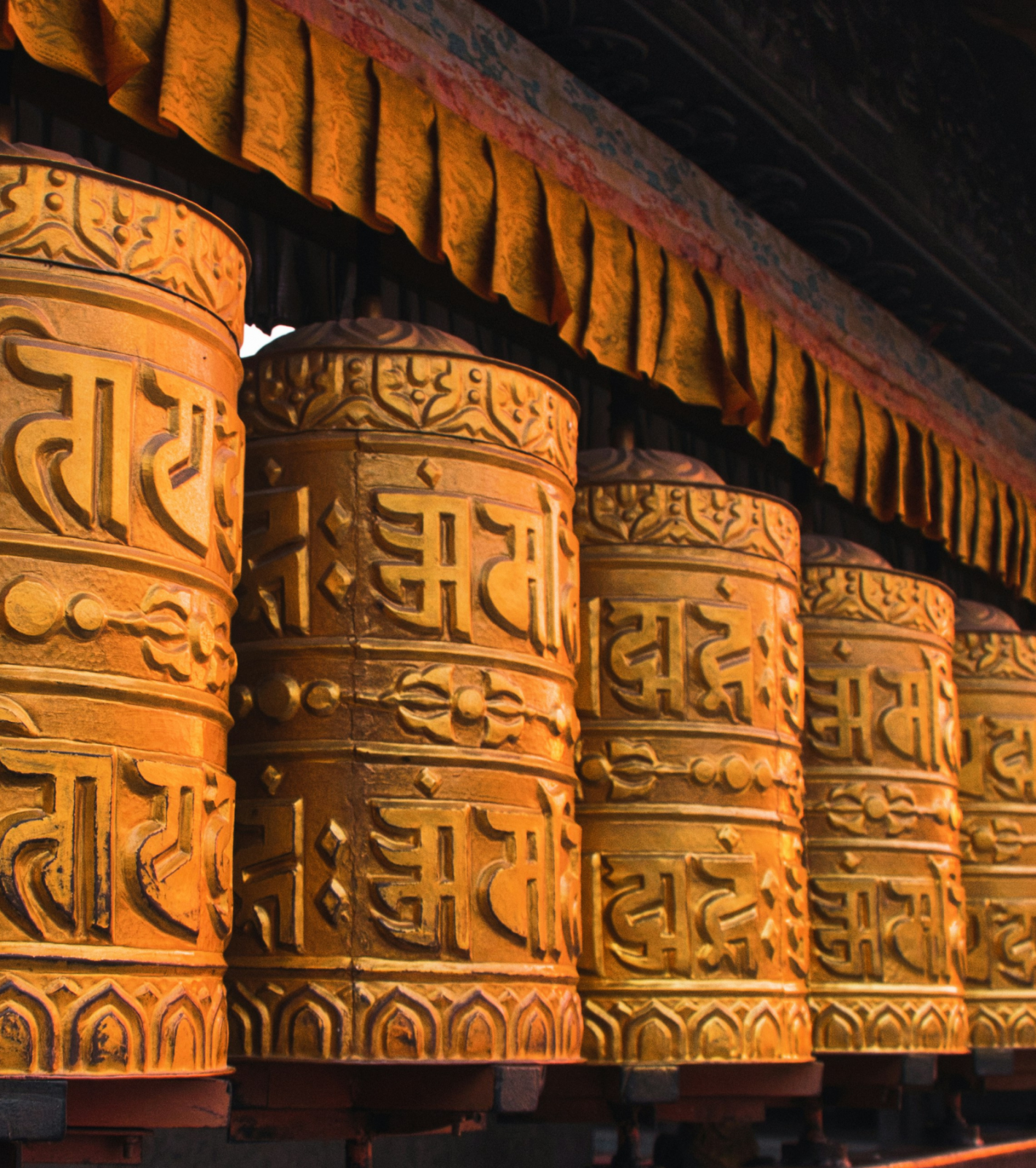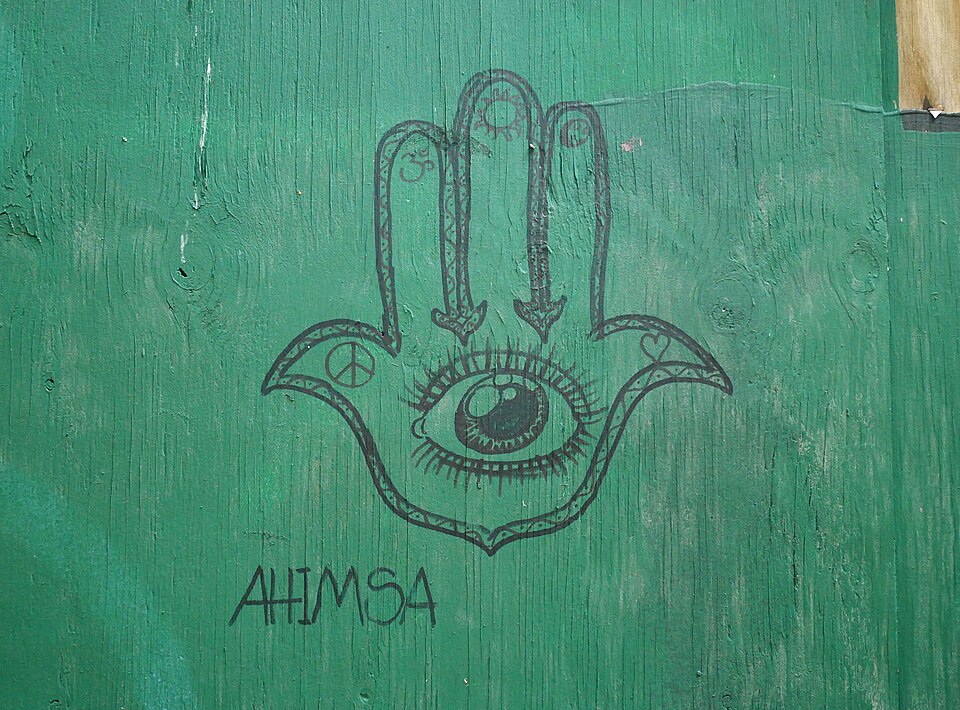

Buddhism for Beginners
Buddhism for Beginners is your free gateway to the vast and varied world of the Buddha’s teachings. Created for those new to Buddhism, it offers a clear, accessible starting point for exploring Buddhist teachings, history, and practice. Whether you’re curious about the life of the Buddha, seeking to understand core teachings, or ready to explore different traditions, you’ll find a wealth of knowledge here—an open invitation to begin an endless journey into one of the world’s oldest wisdom traditions.
You can browse any topic on its own or take a guided tour by clicking START LEARNING and then moving through the Buddhism for Beginners pages in order. Each page ends with links to the next three articles for a seamless learning experience. Tricycle articles and curated resources from across the web are linked throughout each page. Some of these additional readings are free, while others are part of our subscriber archive—unlocking them will give you the full depth of the Tricycle experience, with access to decades of dharma talks, teachings, films, and articles to enrich your study and practice.


